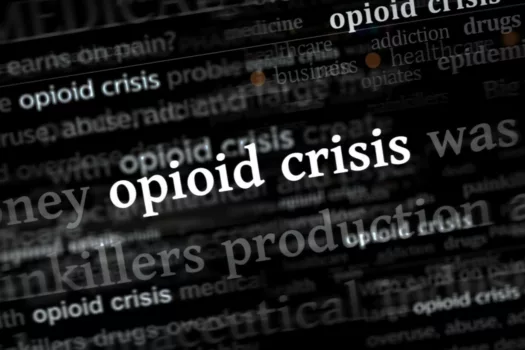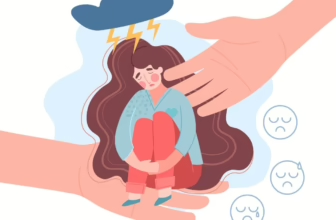The opioid epidemic in the United States represents one of the most devastating public health crises of the modern era, with over 500,000 deaths attributed to opioid-related drug overdoses from 1999 to 2020, according to the Centers for Disease Control and Prevention (CDC).
The scale of this tragedy has had the impact of mobilizing public health experts, policymakers, and communities alike. Greater awareness of the serious health implications attached to taking drugs, such as making people aware of how nodding off on heroin can create a potentially life-threatening scenario, is the least that can be done to improve public knowledge.
However, despite heightened efforts to tackle the crisis through various initiatives, the question remains, where do we go from here?
Where It All Started
The roots of the opioid epidemic can be traced back to the late 1990s when prescription opioids were aggressively marketed to doctors as a non-addictive solution for pain. This led to widespread misuse before it became clear these medications were highly addictive.
The situation worsened with the influx of cheaper, more potent synthetic opioids like fentanyl, which have contributed to a stark increase in fatal overdoses.
Efforts to address the epidemic have been multifaceted. These include initiatives to better regulate prescriptions and increase access to treatment. Efforts to broaden public awareness about the dangers of opioid use have also been attempted.
The passage of the SUPPORT for Patients and Communities Act in 2018 marked a significant federal response, aiming to enhance recovery efforts, improve treatment access, and bolster efforts to combat illicit synthetic drugs.
However, significant challenges remain. The COVID-19 pandemic exacerbated the situation, as many individuals suffering from addiction lost access to support services. Overdose death rates soared, highlighting the need for sustained and adaptable solutions.
So, where do we go from here? Three key areas are crucial in stemming the flow of the opioid epidemic.
Enhanced Prevention Efforts
Prevention must start early, incorporating education about the risks of opioids into school curricula and community programs. These efforts should also address broader issues such as mental health and socioeconomic factors that contribute to drug use.
Improved Treatment Accessibility
Treatment for opioid addiction needs to be more accessible and affordable. This includes expanding Medicaid coverage for addiction treatment and reducing barriers to accessing medication-assisted treatment (MAT). MAT is recognized as the gold standard for opioid dependency. It would also help if there were a greater number of healthcare professionals trained to deal with substance use disorders.
Addressing Supply and Demand
On the supply side, tighter regulation of prescription opioids continues to be vital, as well as stronger enforcement measures against the distribution of illicit drugs. On the demand side, addressing root causes such as chronic pain management without reliance on prescription opioids is essential. Innovative approaches in pain management, including non-opioid medications and holistic approaches like physical therapy, could be more widely promoted and accessible.
Ultimately, combating the opioid epidemic in the U.S. requires a sustained, multi-faceted approach that involves all stakeholders, namely governments, healthcare providers, communities, and individuals.
It is only through collective effort and a commitment to innovative solutions that we can hope to see an end to this public health crisis. If you or someone you love is struggling with opioid use, seek professional medical help as quickly as possible.
Follow me down the rabbit hole!
I'm Alice and I live with a dizzying assortment of invisible disabilities, including ADHD and fibromyalgia. I write to raise awareness and end the stigma surrounding mental and chronic illnesses of all kinds.








